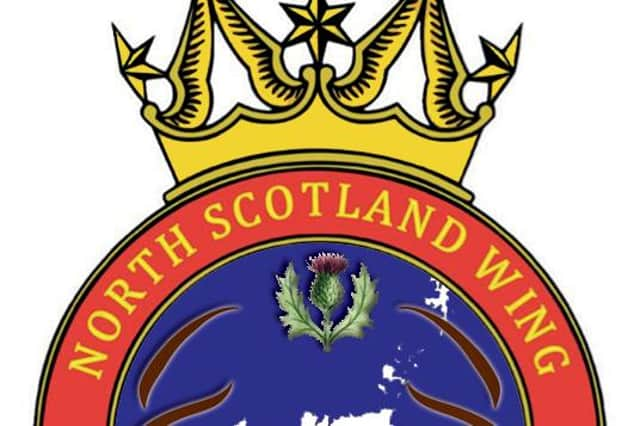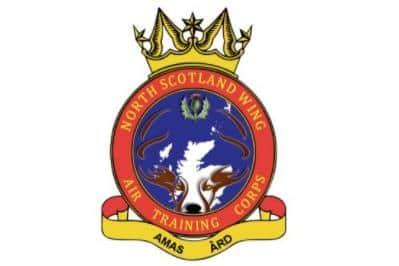It's all change for Highland Wing Air Training Corps


From Monday, the existing Highland Wing and the majority of North East Scotland Wing will integrate to become North Scotland Wing. The new Wing will contain all the existing Highland Wing units except 2521 (Oban) Sqn that will transfer to West Scotland Wing and the majority of North East Scotland except Squadrons based in Angus, who will form part of Central Scotland Wing.
The new North Scotland Wing HQ will be in the existing integrated Highland Wing HQ at RAF Lossiemouth. This facility already manages and supports the Highland Wing units.
Advertisement
Hide AdAdvertisement
Hide AdGroup Captain James Leggat, Regional Commandant Scotland & Northern Ireland Region welcomed the new structure, commenting: "It is an exciting time for the Air Training Corps cadets and staff in several parts of Scotland. With changes in both cadet and adult volunteer numbers, the Wing organisation has been reviewed and a new structure is being implemented.


"This structure will result in a more equitable delivery of the cadet experience to our cadets with best use being made of our available adult volunteers and permanent support staff.
"A big thank you to all the staff, volunteer and permanent, who have worked behind the scenes over the last 12 months to make this change feasible – especially during the current COVID-19 situation."
Suggestions from cadets and staff contributed towards the design of the new Wing crest. The idea was to incorporate different aspects of the organisation and the area. The map of North of Scotland provides the background whilst the Scottish thistle represents bravery, devotion, durability and determination. The stag in Celtic culture represents strength, freedom and purity. In this picture the antlers depict bringing together and protection. The overall crest visually describes the history and future of the two Wings that have come together to form the new North of Scotland Wing. Finally Amas Ard, shown at the bottom of the crest, is understood to mean Aim High.